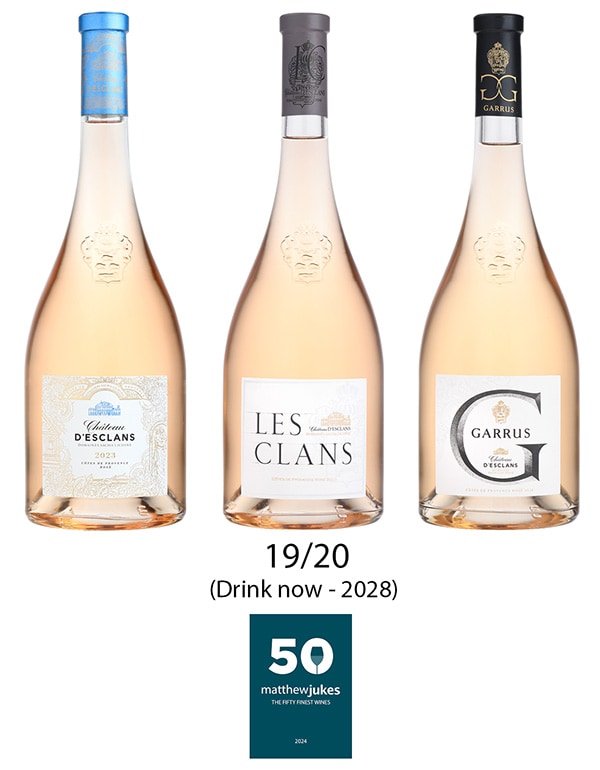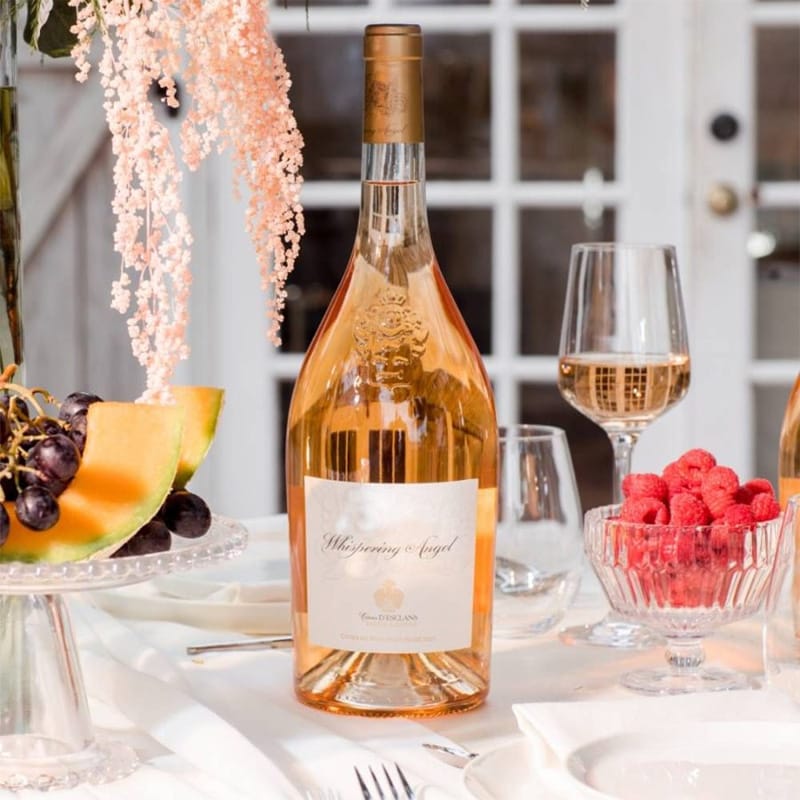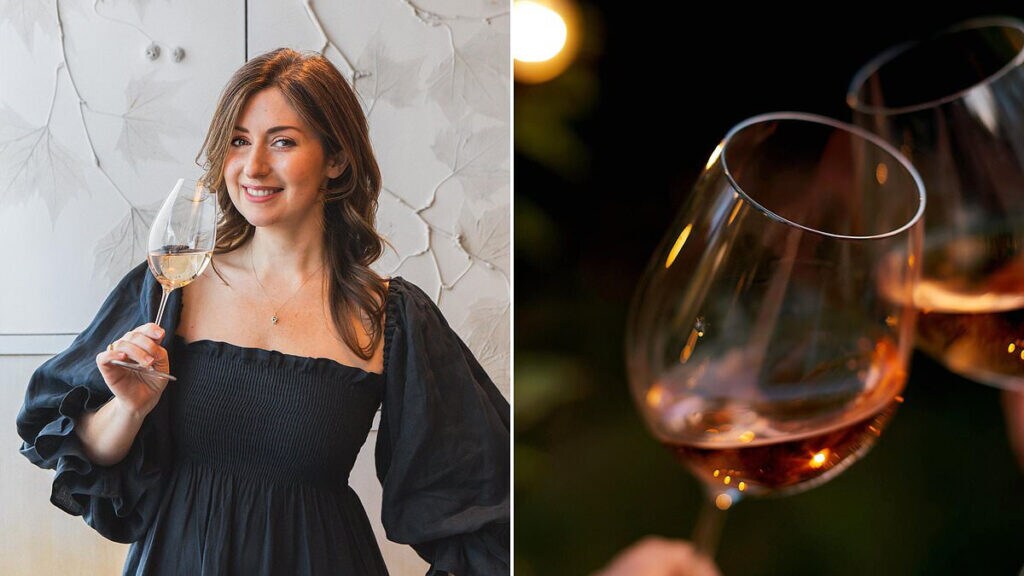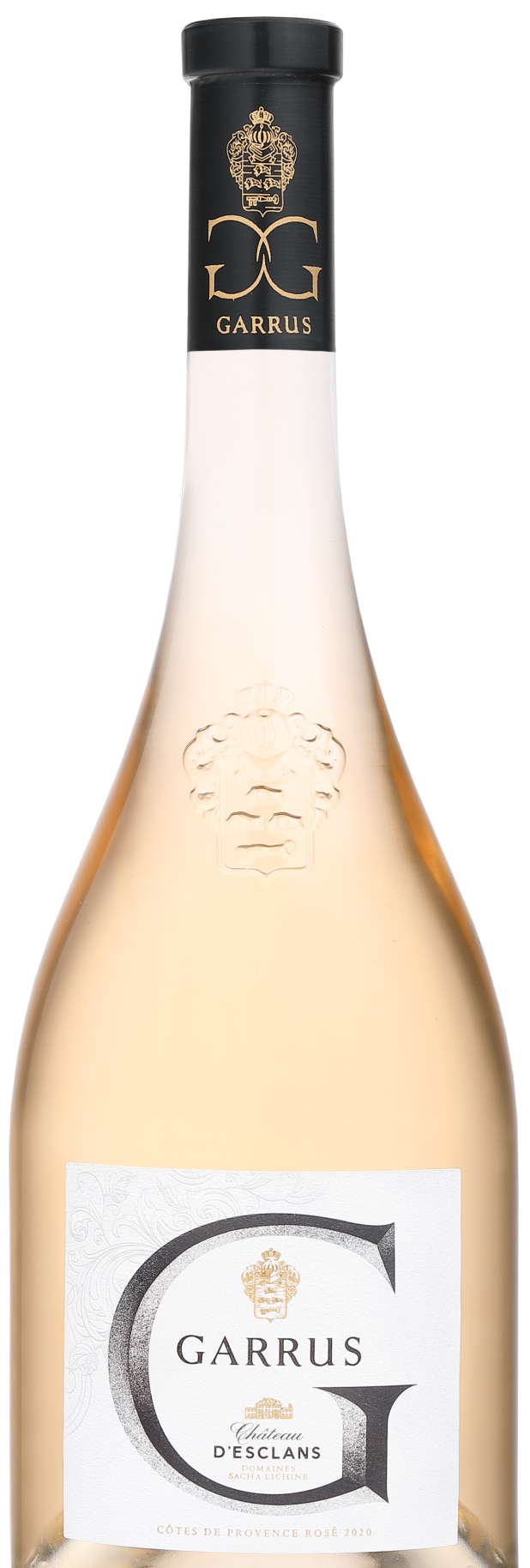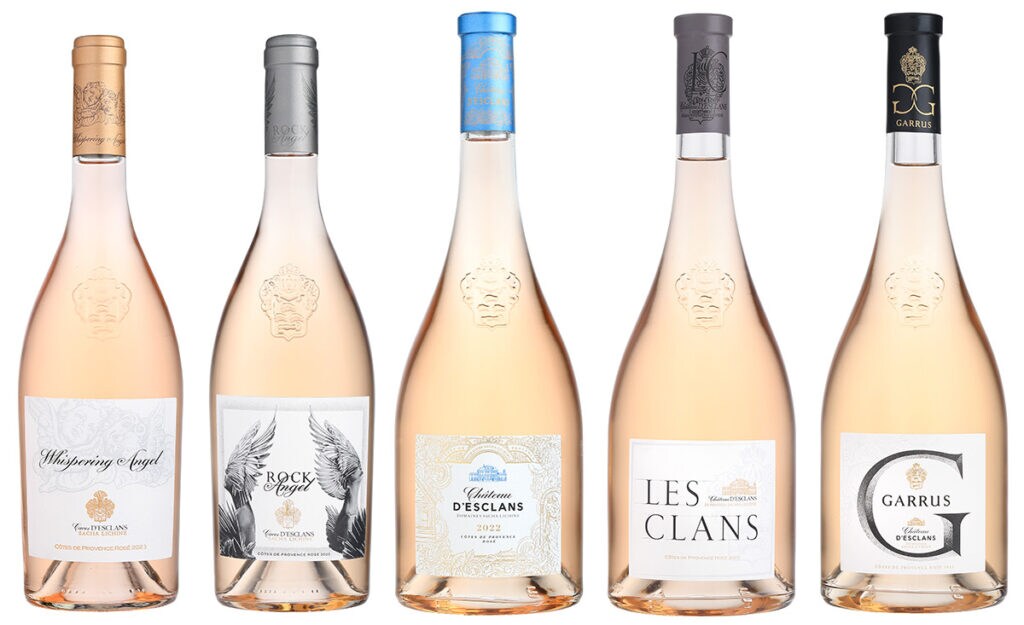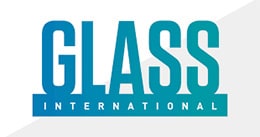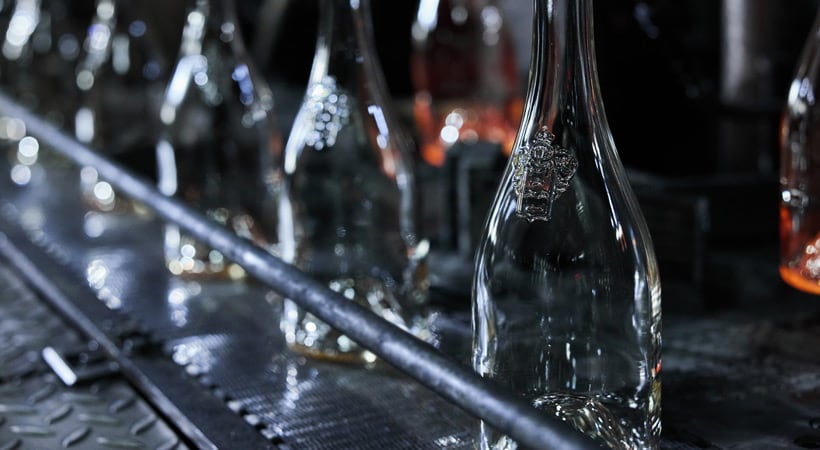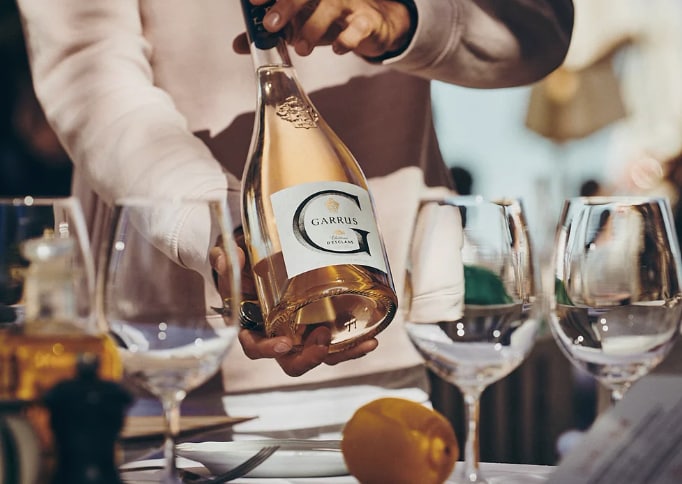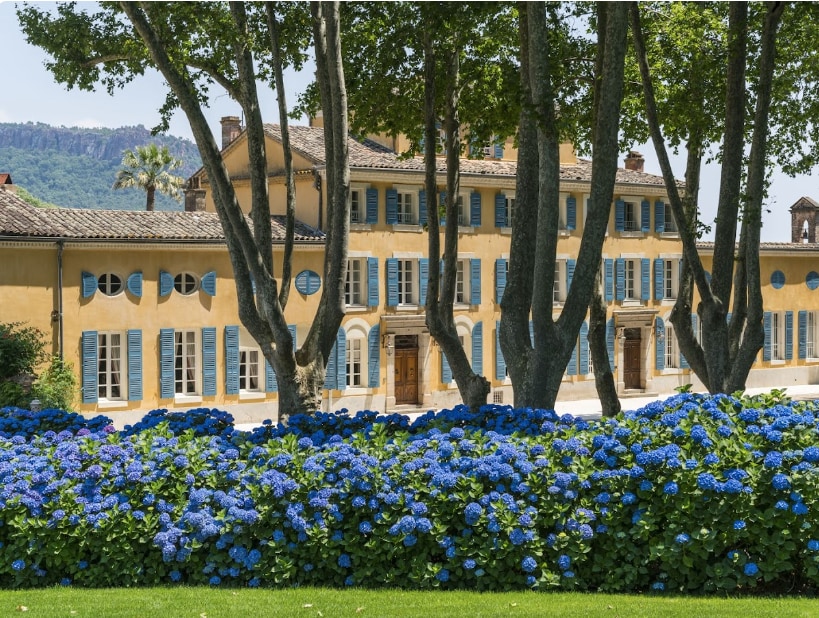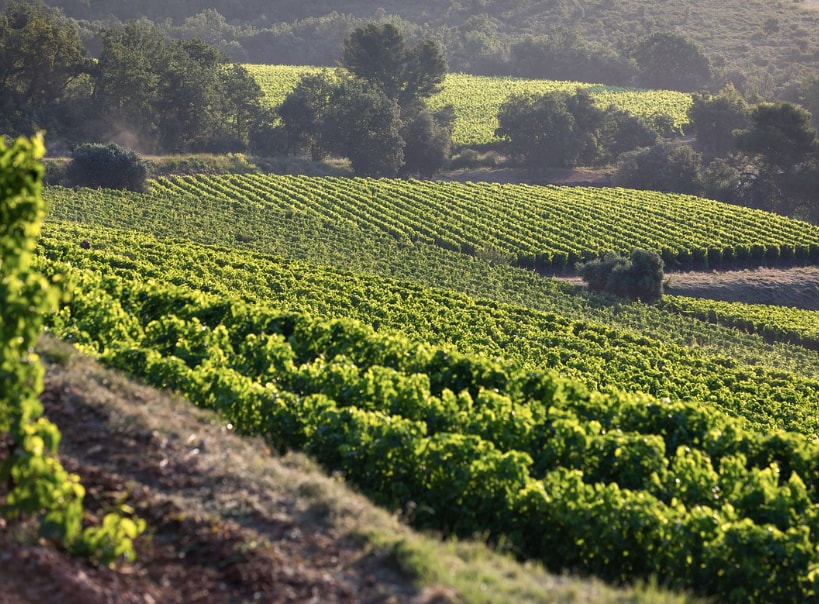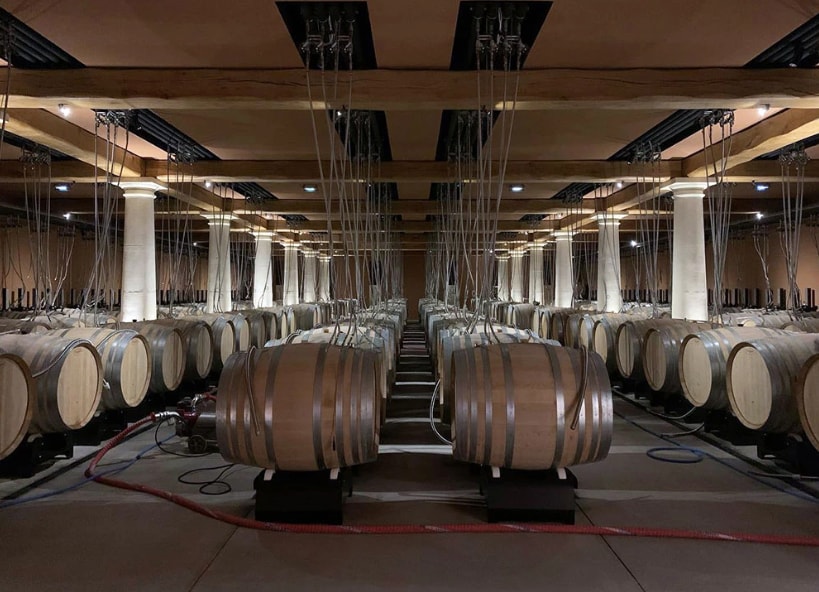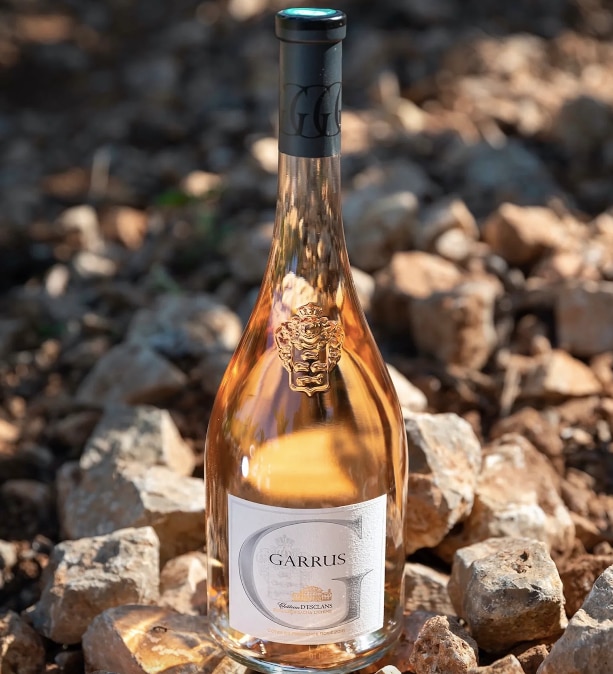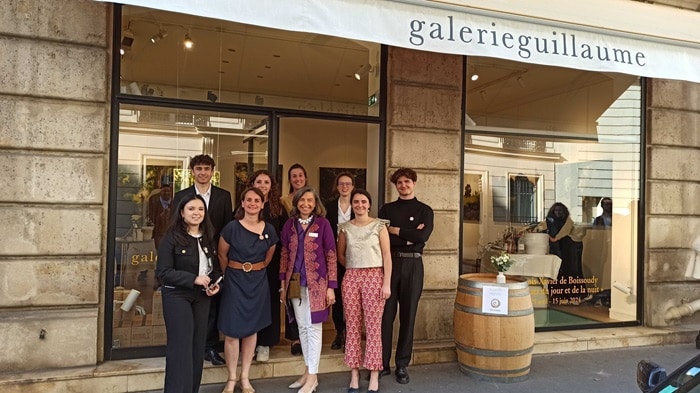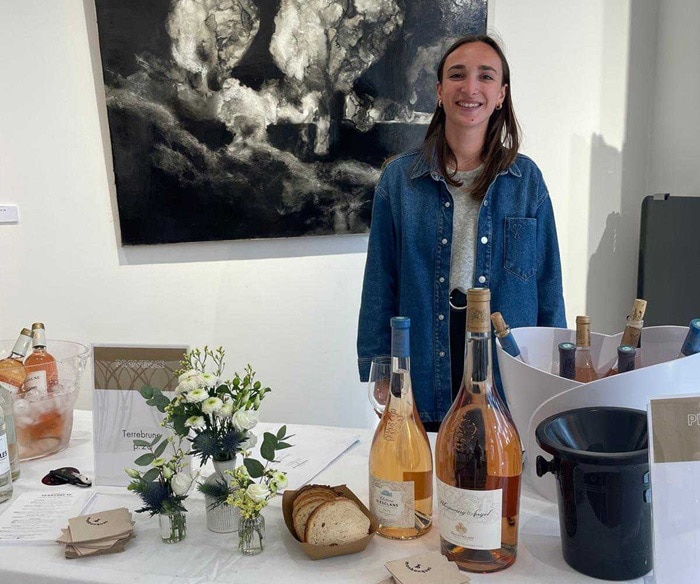
2023 will go down in Provence rosé history as the vintage when all three ‘Château d’Esclans’ wines hit the high notes simultaneously. The trio of 2023s will be released in February 2025 and I was privileged to taste them with Sacha Lichine in London in November and it further underlined that these are genuinely authentic fine wines that stand shoulder to shoulder with the world’s top sparklers, whites and reds.
Garrus has long been the finest rosé on the planet, and I find so much to admire in this wine, it is incredible.
2023 Château d’Esclans Garrus Rosé is firm, bright, crystalline and refined with blonde oak and almond highlights and a level of composure usually only found in graceful Grand Cru Burgundies. Precision cut, reserved and reluctant to show its full hand this early in its development, this is another cosmic performance from this trail-blazing wine.
My headliner, Les Clans, shows another level of elegance, coupled with lip-smacking precocity, so while Garrus is one for the cellar, Les Clans is ready to romance from the moment it is released. Near perfect in weight, timbre and balance, this is a glorious wine, and it can perform every duty from complex canapés to main course feasts! Where Garrus slows the conversation down so one can fully appreciate the constellation of flavours present, Les Clans skips along merrily, making it the definitive ‘rich person’s fast wine’. If you were left to your own devices, I could see
Les Clans disappearing at an impressive rate of knots without ever tiring the taste buds or becoming repetitive.
Finally, it is extremely exciting to announce that the estate wine, 2023 Château d’Esclans Rosé, has finally, and it has been a bit of a wait, joined its fellows at the top of the tree. For as long as I can remember, this cuvée has been meandering around searching for a purpose, while Whispering Angel and Rock Angel bookended the portfolio at the commercial end and Les Clans and Garrus soared around the stratosphere. In 2023, there is so much gravitas and purity it has gone from also-ran to catwalk-ready in one fell swoop. I would go so far as to say the silhouette of this wine is more Puligny-like than many Pulignys! This is easily the most exciting estate Esclans to date, and it is fabulously open and vibrant with skipping stone flavours and lashings of joie de vivre. What a trio!
